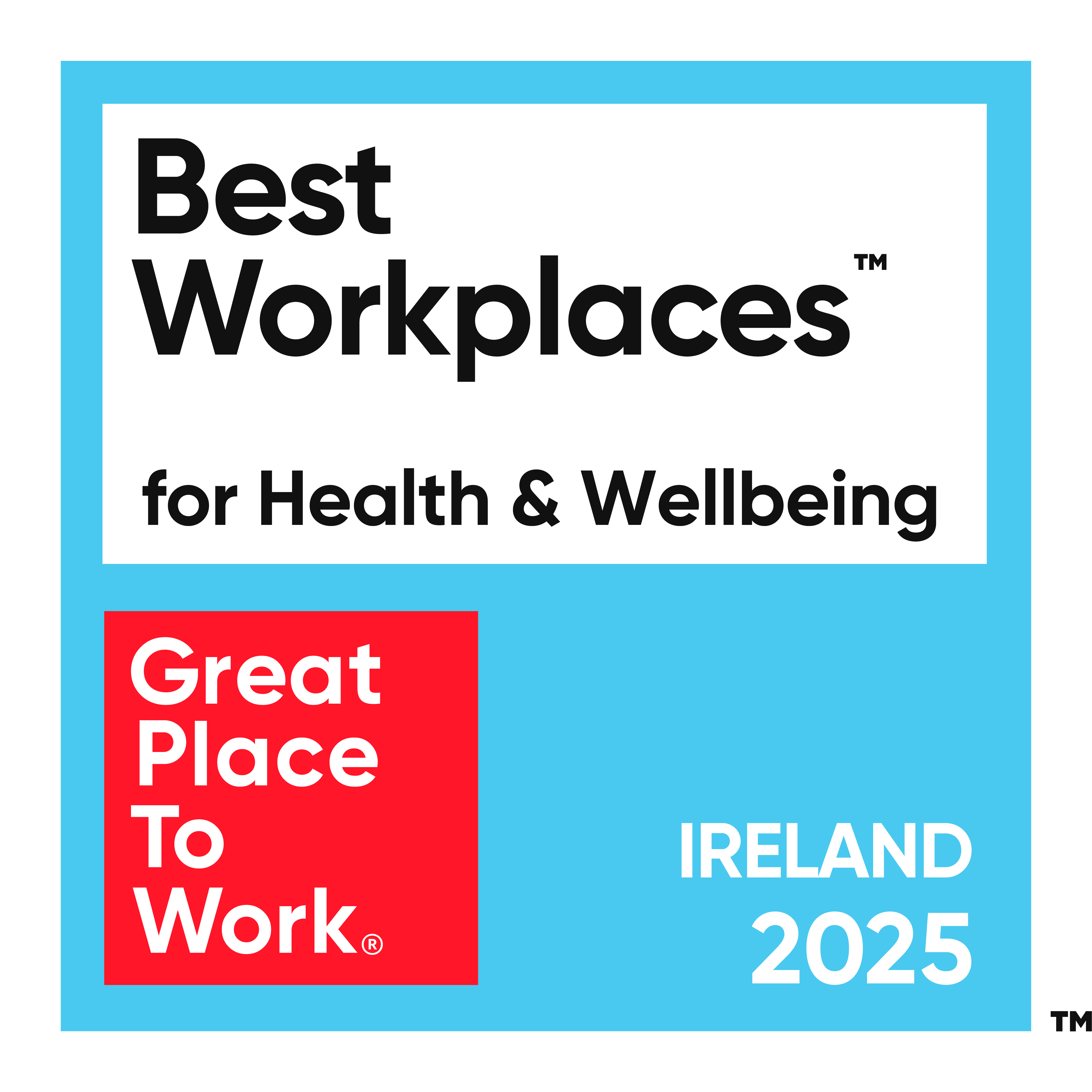By Anna Spyridopoulou on 29 Apr 2019
Which ad delivery should you choose and why?
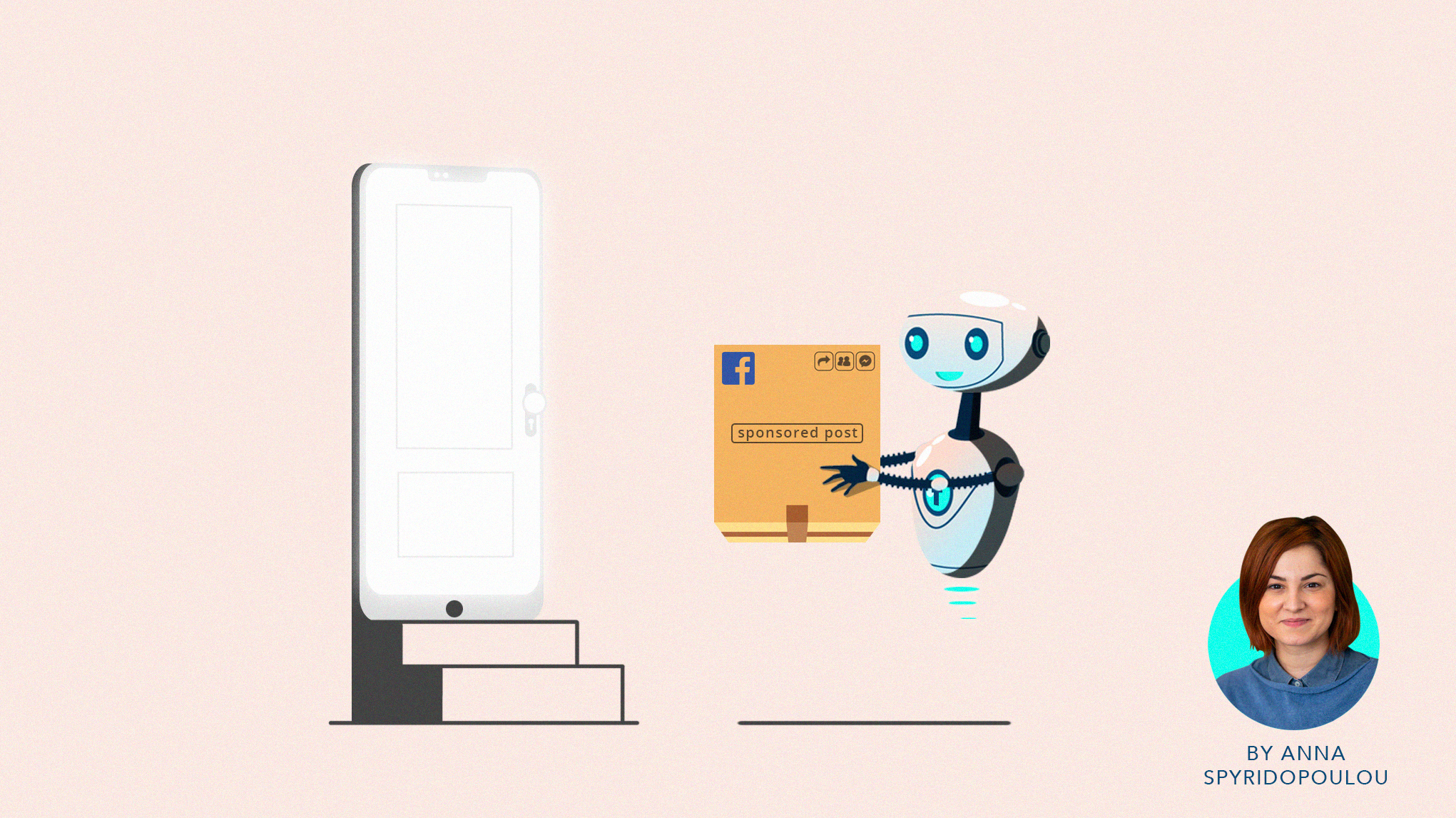
Artificial intelligence is a huge part of digital marketing today. It has transformed digital strategy providing marketers with more insightful data and users with more relevant content by enabling predictive customer behaviour. Machine learning has revolutionised digital advertising with automations that allow the machine to collect data, discover patterns and optimise your campaigns for higher ROI of your advertising efforts.
In the past, we've looked at how Google is using machine learning for smart targeting and audience creation in AdWords. We also looked at how Facebook uses machine learning to unlock the incredible potential held within all that data they have access to. In the past, we also analysed two popular options for ad delivery, optimising for link clicks or for landing page views, concluding that the latter is the most effective way to optimise your campaigns.
What are Facebook’s ad delivery options?
Facebook uses machine learning to gather user behaviour data and utilises them to predict future actions. With the help of the Facebook pixel actions that are taken either on the platform or an external source such as a website, can be tracked, segmented, analysed and targeted for future campaigns. A way that Facebook can use this data is through its optimisation of ad delivery.
Facebook is now capable of processing huge quantities of data and then uses their learnings to identify the right people who show similar behaviours aligned to your campaign goals. In this article, we analyse the main ad delivery options you can use when focusing on a conversion/traffic campaign. A popular option in the past was to optimise for link clicks, but this changed when Facebook added another option to optimise for landing page views. Going one step further, there is also the option to optimise for an important standard pixel event or even for value.
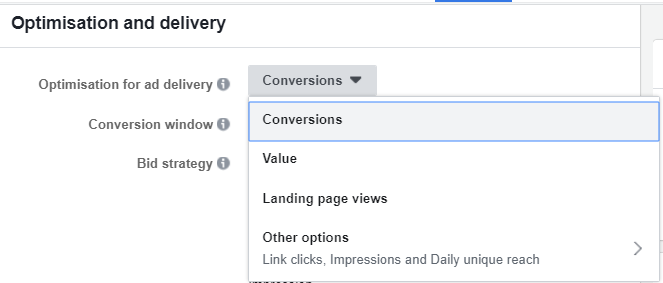
Let’s take a closer look and analyse those.
Link Clicks or Landing Page Views?
When you optimise for link clicks, Facebook will find those people who are most likely to click on your ads. This is a popular option when the main goal of the campaign is to drive traffic. However, Facebook went a step further by providing the page views ad delivery option.
By optimising for landing page views, you basically tell the machine that you are looking for better quality of traffic, as Facebook will find people who are most likely to click on ad, visit the website and allow the landing page to fully load. By doing so, you are finding people who absorb the message of your ad and start consuming content from an external source such as your website.
Also, this ad delivery decreases the discrepancy between Google Analytics’ traffic, translated as number of sessions and Facebook’s traffic translated as landing page views. In the past we were comparing sessions to link clicks but since a link click measures the amount of times someone clicks on the link, not the amount of times someone lands on the page, sessions were reporting always lower numbers which made cross-channel reporting difficult and confused advertisers.
When we tested the link clicks vs the page views option for a clothing brand, we found that optimising for landing page views generated 630% more revenue and 400% more transactions than the link click optimisation. The reason behind that lies in machine learning capabilities of finding the most relevant audiences of people who are willing to view full pages, consuming more information and increasing their potential conversion rates.
Is landing page view optimisation everything that Facebook has to offer?
Well, the answer is no. Here at Wolfgang we are using another option if the KPI is to drive highly qualified traffic to a website. That is optimising for conversions and more specifically for the view content standard event. Not for link clicks, not even for landing page views, but for the first step of the pixel’s extensive funnel of events.
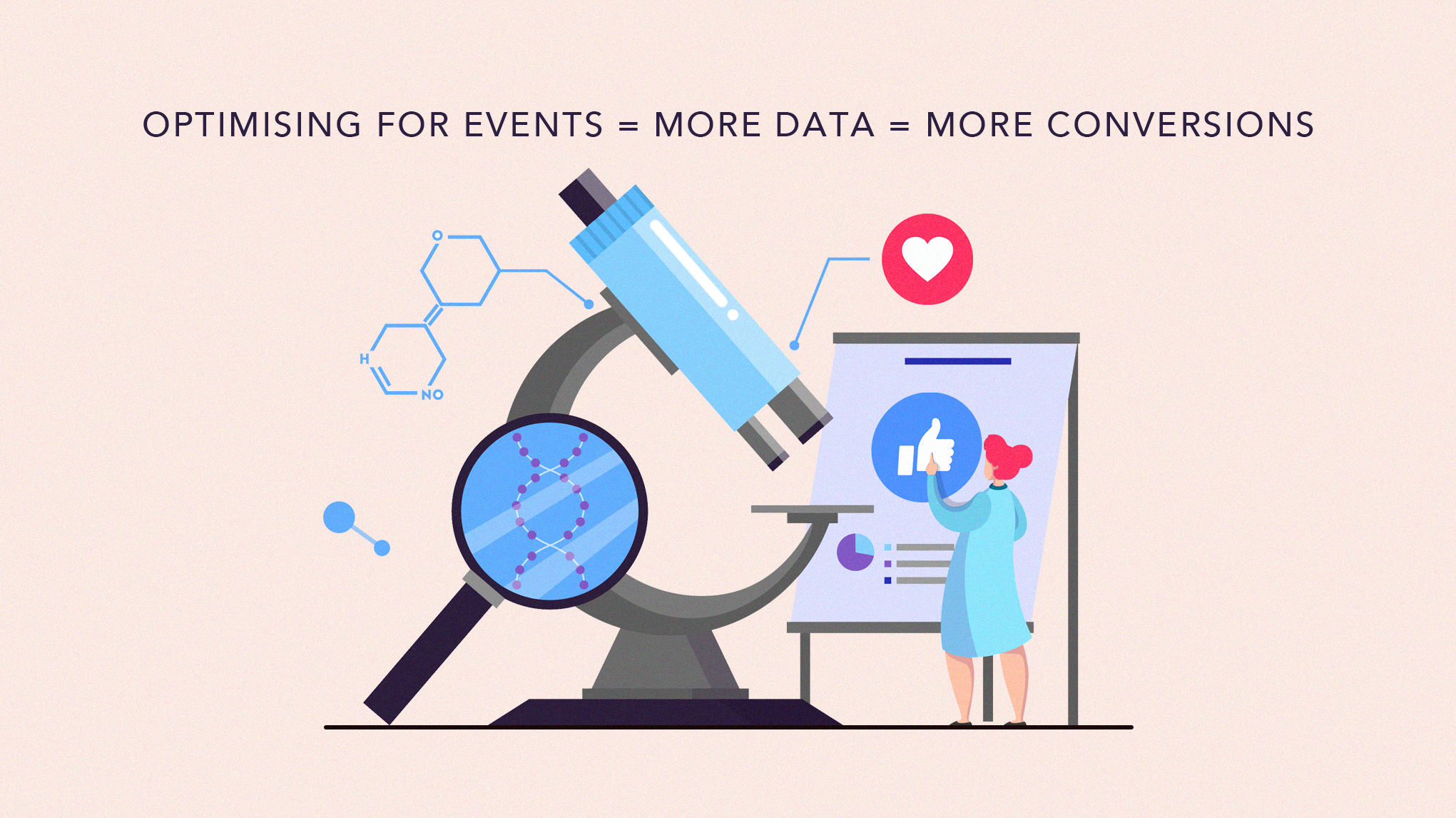
Optimising for Conversions
Events are actions that happen on a website, either as a result of Facebook ads or other channel’s actions. The events do not track only Facebook’s (paid & organic) actions, but also actions from other sources such as Google, Direct, and Referral. The view Content event allows us to track key page views such as a product page or a new promo landing page.
By optimising our campaigns for the view event, we are enabling Facebook’s algorithm to learn from the users as we feed it with more and more data. In this way, it learns which users were more valuable as they went a step further from just visiting the website, by viewing specific content that is key to the business. The more pixel data we feed the algorithm the more sophisticated it becomes and allows us to target the most qualified, conversion-focused audiences.
Another cool thing about this type of optimisation is that we can later use these events to build custom audiences and re-use them for campaigns lower down the funnel. By doing so we can re-target people who were interested in our key pages with campaigns optimised for a more conversion-focused event, like the add to cart or purchase pixel events. In a nutshell, view content conversion ad delivery optimisation is more likely to generate higher ROI than the page views or link clicks ad delivery.
The newest addition to ad delivery; Optimising for value
So far, we have seen the options of optimising for link clicks or for landing page views or even for the view content conversion. Is that all? Well, again the answer is no! Another new option that Facebook has recently added is to optimise for value. By selecting this option, you basically tell Facebook’s delivery system to show your ads to people who are likely to maximise the amount of value they'll generate.
That means that Facebook can tell the difference between high and low-value products and will prioritise its ad delivery to reach people who are looking for higher value products, giving advertisers the chance to see better return on ad spend (ROAS)
Pretty cool, isn’t it?
One thing we should mention here is that for Facebook to optimise for value, the values of the products should be reflected in the website pixel. In this way, Facebook knows when someone is looking for a higher-value or a lower-value product.
The Wolfgang Essential Takeaway
The ad delivery you will chose always depends on your campaign objectives. You should always have in mind in which stage of the funnel your target-audiences are and what you want to achieve with your campaign. It’s also important to remember that not all ad delivery options can be used from all advertisers.
The volume of data in your pixel, the pixel setup as well as the business goals should help you make an educated guess on whether you should optimise your campaign for clicks, page views, conversions or value. We hope our guide gives you better control over how your ads will be shown to your target audience.


.png)
.png)

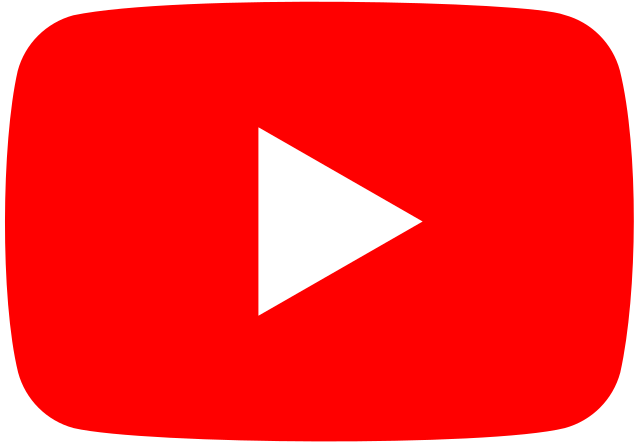



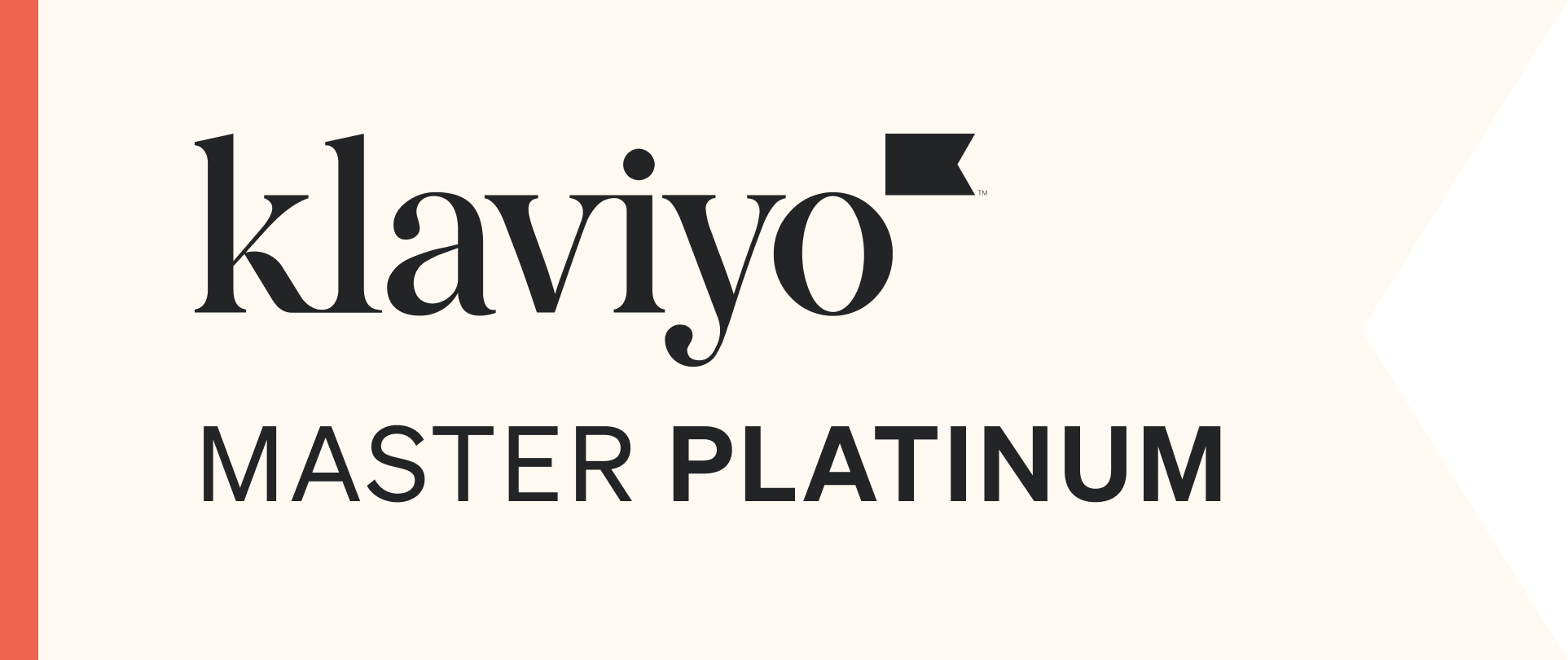

_2025.png)
